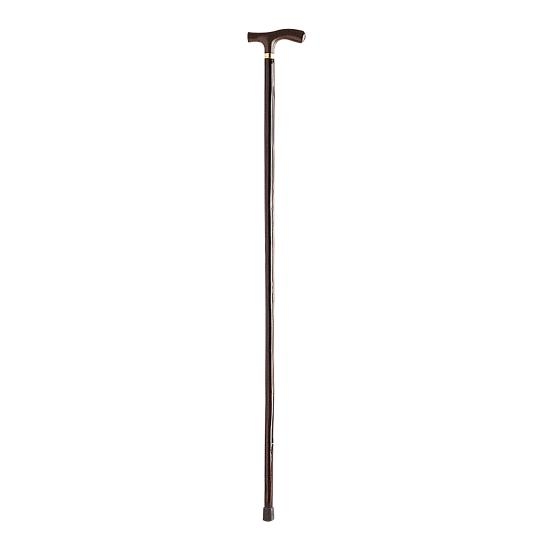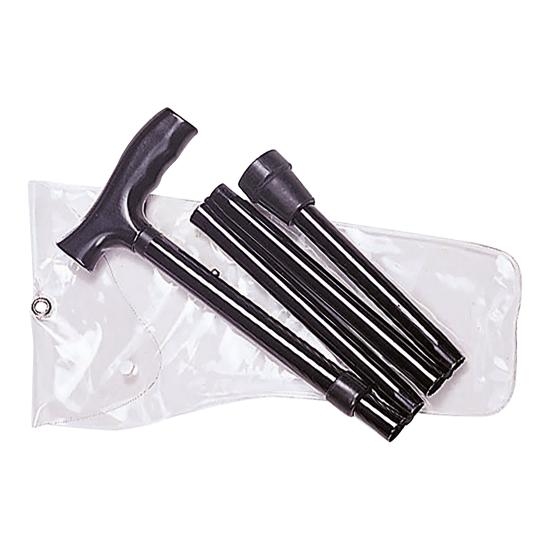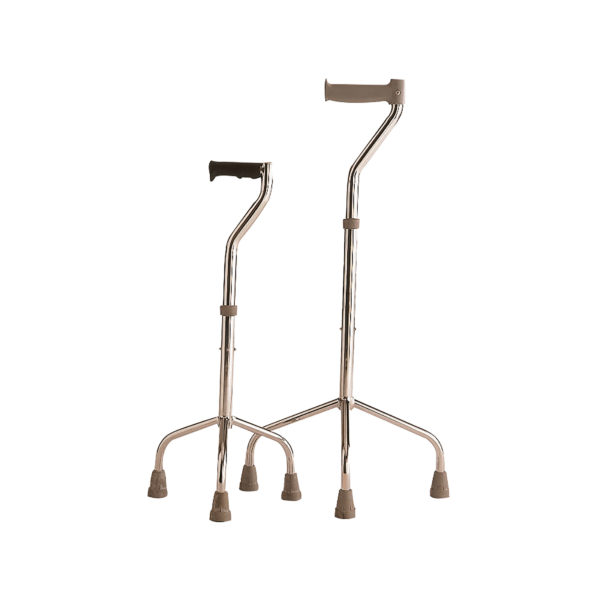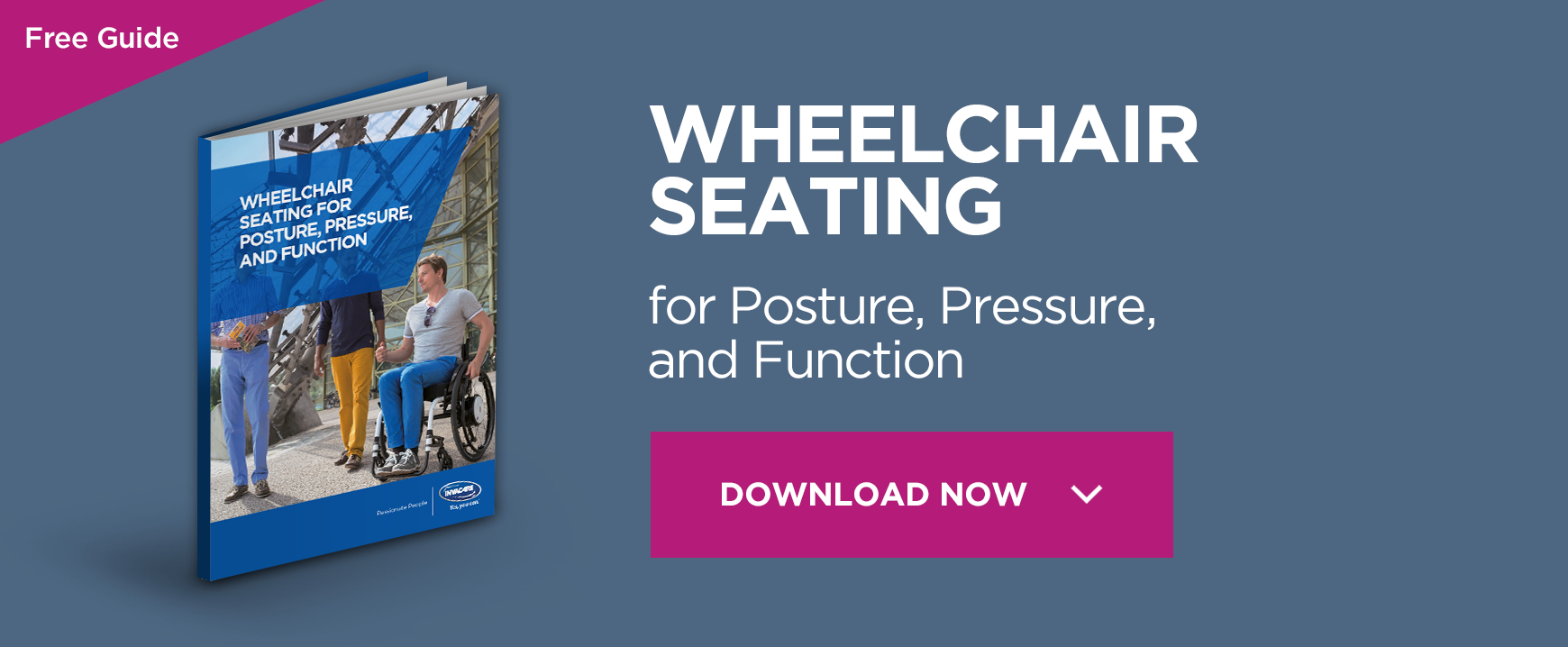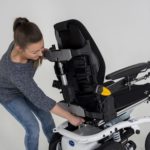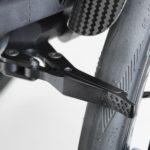What Are the Right Walking Aids for You?
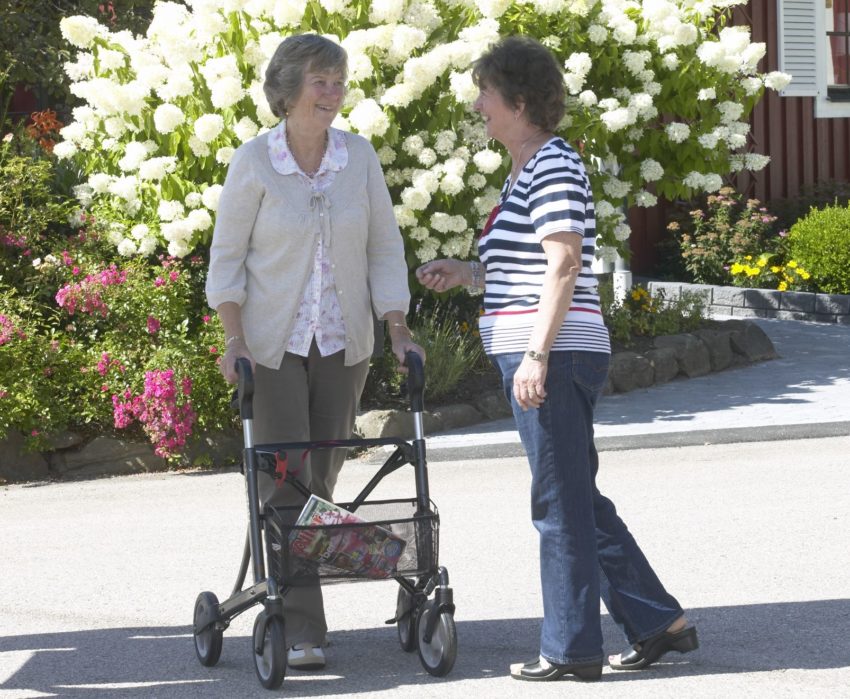
If you’re unsteady on your feet, or have a condition that affects your balance, walking aids can make it safer and more comfortable for you to move around. Whether you need more confidence when out and about, or would like extra support around the house, there are a range of walking aids to suit your needs. Understanding the different types of walking aids will help you to make the right choice for you.
Walking sticks
Walking sticks are a simple way to get extra support, and they can be very effective if measured and used properly. By providing another point of contact with the floor, a walking stick widens your base of support. Used correctly, a walking stick can improve your balance and offer relief for painful joints. A stick that’s the wrong height for you can lead to poor posture and put extra pressure on your arms and wrists. That’s why it is important that the stick is at the correct height for you, so make sure you get expert advice when choosing a walking stick.
How to measure for a walking stick
To check that your stick is the correct height, stand up and hold it around 15cm away from the outside of your foot. The top of the handle should be the same height as the crease of your wrist. Your wrist should be bent to around 20 degrees when you are using your stick. You should hold the stick on the opposite side to the painful or weak side.
Although crutches are sometimes prescribed after an injury, compared to a walking stick they are generally not suitable as a long-term walking aid.
Types of walking stick
There are four kinds of walking stick that you’re likely to encounter: fixed, collapsible, ergonomic, and tri- or quad-sticks:
Fixed walking sticks
Fixed walking sticks have been around for centuries, and they’re the simplest type of walking aid available. They can be made of wood or metal. The metal varieties may be height-adjustable, but the wooden ones are not. Wooden sticks can be cut to the correct height when you buy one.
Collapsible walking sticks
If you don’t need to use a stick all the time, but like to take one with you in case you might need it, then a collapsible walking stick could be the best stick for you. These sticks can be folded up and stored when you don’t need them, and taken out when required. They are usually made from lightweight aluminium, and are height-adjustable.
 Ergonomic walking sticks
Ergonomic walking sticks
Specialist walking sticks are also available, which can offer extra comfort or stability. Sticks with ergonomically designed handles, called ‘fischer’ sticks, can be helpful for those with pain or stiffness in their hands, e.g., due to arthritis. These grips are available moulded for the right or left hand, for increased comfort and functionality.
Tri- and quad-sticks
Tri-sticks or quad-sticks are sticks with either three or four feet at the bottom to provide additional stability. They generally need to be held slightly further out to the side of the body, which can cause other problems with posture, gait and balance so it’s important to consider if a tri- or quad- stick is right for you. They are, however, often appropriate for people with one-sided weakness following a stroke or other neurological injury.
Types of walking frames
Walking frames offer you more support due to their wider base, which provides more points of contact with the ground. A variety of types are available, and it’s important to choose carefully, based on the level of support you need and the places you will use it. There are several different types of walking frames:
Standard walking frames
Standard walking frames have four legs with rubber stoppers and offer the most support. They are designed for indoor use, for people who need to support some of their weight through their arms while stepping or who need a very stable base of support. They must be lifted forward with each step, so can be a little more cumbersome, but offer a very high level of stability.
Wheeled walking frames
Wheeled walking frames are similar to static walking frames, but have two small wheels at the front and two stoppers at the back. They still provide a high level of support and can be used to bear some weight, but can be pushed forward, rather than lifted, making walking easier. They are designed for indoor use as the wheels are small, and don’t have the shock absorption needed for outdoor surfaces.
Three-wheeled frames
Three-wheeled frames, sometimes known as ‘delta’ or ‘tri-walkers’, have a triangular frame with three large wheels and handbrakes for added control. Generally designed for outdoor use, the larger wheels of these walkers cope better with uneven surfaces.
As they are fully wheeled, they are faster than indoor walking frames, but you cannot put as much of your weight on them. Despite this, they can be helpful to support your balance and help you to walk smoothly. Many also have a storage bag in the middle of the frame, which is useful when you’re out and about. They can be used indoors, but may be bulky in small spaces.
Four-wheeled frames
Four-wheeled frames, or ‘rollators’, have four large wheels with brakes, offering a wider base of support than the three-wheeled versions. Many also have a seat or storage section in the centre so that, with the brakes securely applied, they can be used as a seat when needed. These frames are generally much larger and more suited to outdoor use.
What is the best walking aid for me?
Consider carefully how much weight bearing and what type of balance support you need from your walking aid before purchasing. A physiotherapist or occupational therapist can offer individualised advice on which walking aid to use, correct measurements and safe usage.


